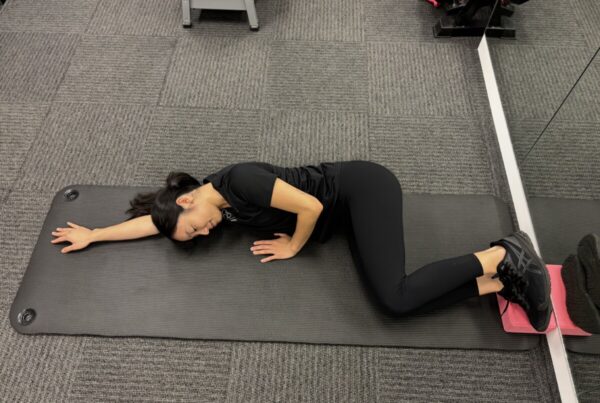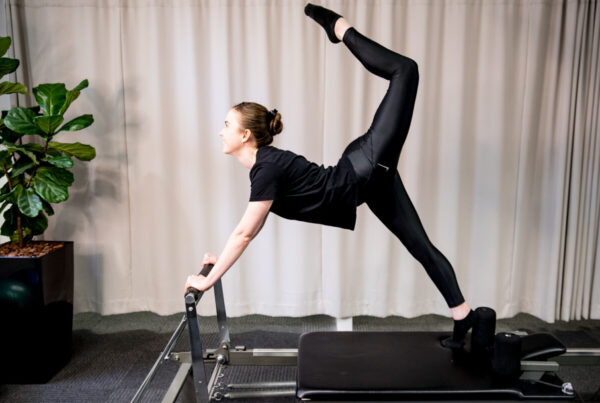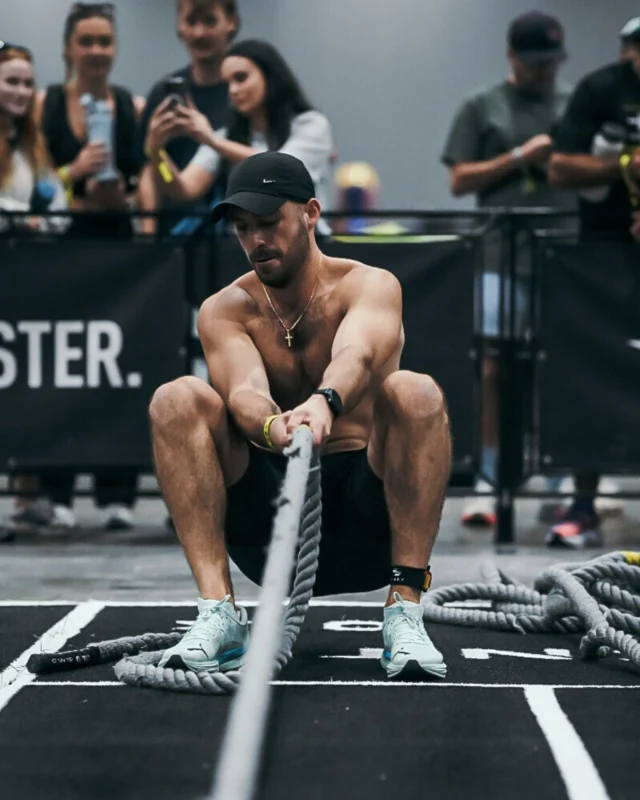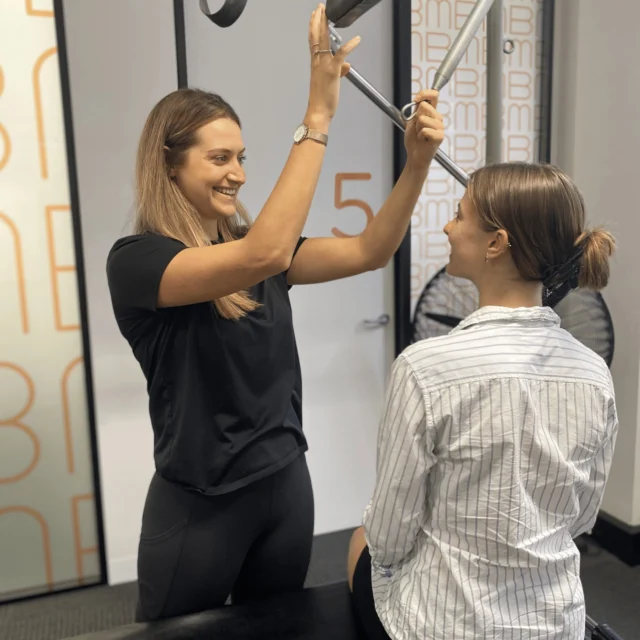If you’ve ever had an injury to the spine, doing standard core exercises will not be of great benefit in your recovery because you need local stability before you can improve your global stability.
It is imperative to get the right activation of core muscles before going on a mission with your fitness regime to strengthen your core. If you start with a bad pattern, you’re unlikely to overcome your spinal issues no matter how much training you do. Local stabilisers are the first to activate to control movement, and then the global stabilisers follow after, depending on the activity performed.
A Physiotherapist is the professional best equipped to deal with issues of spinal stability, especially when there is a history of pain and injury associated with movements. Your Bend + Mend Physio here in Sydney’s CBD has studied specific validated techniques in retraining both groups of stabilisers and have the necessary understanding of pathology, pain science and movement dysfunction that rehabilitation requires.
It is a gradual process that needs careful monitoring and reassessment.
Bracing vs Hollowing
Bracing (or the co-activation of all trunk muscles) has a long association with heavy weight-lifting, and there is a correct pattern for this too. It is an isometric contraction, which means the trunk doesn’t twist or bend. You can’t brace and do a golf swing, for instance. Some research4 claims that it minimises lumbar spine movement better than some methods of “hollowing” the abdomen, which local stability retraining aims to do; however, it’s proven to increase compression of the spine as well, which is not seen as optimal for someone with back pain. It is still unknown whether bracing stabilises each segment of the spine like the correct “abdominal hollowing” that Australian Physiotherapists have used successfully in their studies.
Hollowing refers to the co-activation of the transversus abdominis (TA) and multifidus (MF) muscles. After an injury, these inner muscles do not return to normal function1,2 and require correct retraining. Once they are firing again, they can then join in helping the global stabilisers when required for movements.
Retraining is done often when the lumbar spine is in a neutral or “normal” position. Hence, it is practised most commonly with the patient lying on their back with knees bent and feet on the bed. The curve of the lower back is usually just off the bed rather than ‘flat-back’ like some may suggest.
One elicits a light contraction (less than 30% of maximal effort) and continues breathing normally throughout. TA acts in isolation3 so that’s why we retrain it in this fashion. Unlike bracing, we are not engaging the more superficial rectus abdominis and oblique muscles in this technique.
Once we have some control back, it is on to more functional stability exercises which allow those global stabilisers to activate in a normal fashion.
Our strategic and gradual approach is detailed in our next Q+A.
1. Hodges PW, Richardson CA. Delayed postural contraction of transversus abdominis in low back pain associated with movement of the lower limb. J Spinal Disord 1998 Feb;11(1):46-56
2. Barker KL, Shamley DR, Jackson D. Changes in the cross-sectional area of multifidus and psoas in patients with unilateral back pain: the relationship to pain and disability. Spine 2004 Nov 15;29(22):E515-9
3. Hodges PW, Richardson CA. Transversus abdominis and the superficial abdominal muscles are controlled independently in a postural task. Neuroscience Letters 1999; 265: 91-94
4. Vera-Garcia J, Elvira J, Brown S, McGill S. Effects of abdominal stabilization manoeuvres on the control of spine motion and stability against sudden trunk perturbations. Journal of Electromyography and Kinesiology 2007; 17: 556-567





